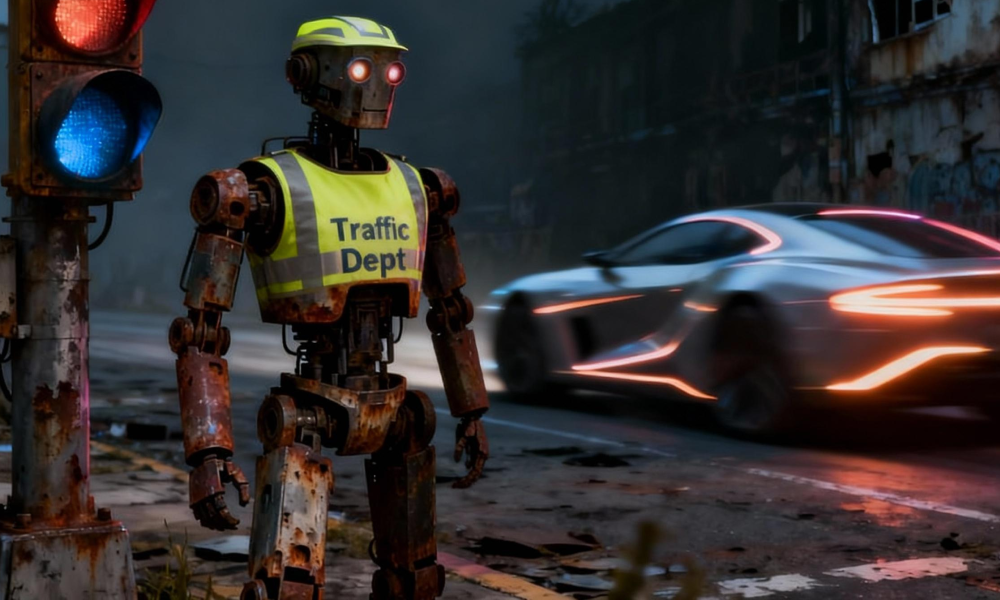
Insights from the Highways UK 2025 Panel
Panelists:
How is AI currently being used in the highways sector, and what's changing?
Omar: AI has long been part of intelligent transport systems, but the sector is now shifting from reactive to predictive traffic control. The new SCOOT 8 system, for example, uses AI to forecast traffic up to 30 minutes ahead, reducing journey times by around 50% compared to previous versions. Instead of relying on fixed signal plans, it continuously monitors the network and makes frequent adjustments to minimize delays.
How can the sector ensure its workforce is ready for AI?
Omar: Rather than bringing in external AI specialists, it's important to upskill the existing workforce. Traffic operators traditionally rely on manual controls, but with predictive AI, they need to blend traffic engineering knowledge with data literacy and machine learning. TRL packages this expertise into software like SCOOT and iRoads, supporting National Highways in deploying AI effectively.
Beyond efficiency, can AI improve safety and inclusivity?
Omar: Absolutely. AI's capabilities are moving beyond congestion reduction to making roads safer and more inclusive. For instance, predictive systems can extend green signals for pedestrians near schools and hospitals or prioritize buses and emergency vehicles. The narrative is shifting from efficiency to safety and accessibility for vulnerable road users.
What is the value of data in the highways sector?
Davin: Data has become a transformative asset. Our valuation showed National Highways' data is worth over £60 billion-half the value of the physical network. The sector must move from seeing value in physical infrastructure to recognizing data as an asset class. This enables demand optimization, such as rerouting vehicles to smooth peaks, and supports personalized services for all users, including those with accessibility needs.


How is AI transforming project management in highways?
Olivia: AI automates both back-office and process inefficiencies. For example, on the A303 upgrade, Nodes & Links automated schedule checks and report writing, allowing project teams to act on real-time data rather than outdated information. This frees up time for meaningful tasks like accelerating projects and managing risks.
Can AI help address the skills shortage and attract younger talent?
Katharine: AI can automate routine tasks, freeing people for more interesting work. It also enables safer, less physically demanding roles, allowing experienced workers to stay longer and capturing their knowledge for future generations. The gamification and tech-driven nature of AI will appeal to younger, tech-savvy entrants.
Will AI create new roles in the sector?
Katharine: Definitely. We'll see new roles like digital twin specialists, BIM modellers, data scientists, and AI ethics and governance experts. As engineers, we must balance embracing technology with maintaining professional standards-AI can support but not replace critical thinking and communication.
What about job security and retraining as AI disrupts the sector?
Simon: AI's disruption could be greater than the industrial revolution. The transition will be steady, but roles will change profoundly, especially as robotic AI emerges. Organizations should focus on maximizing service for each tax pound, not just preserving jobs. Retraining pathways are essential, but the sector must brace for a very different work environment.
How can organizations proactively manage the transition?
Simon: It's vital to plan for productivity gains without sacrificing job security. Workshops and upskilling initiatives can help, but the primary goal should be accessible, maintainable networks. The sector must navigate these changes thoughtfully.
What's the key to successful AI adoption in highways?
Davin: It's not just about technology-it's about business change. Organizations must be capable of change, focusing on outcomes and intent, and supporting people with the right skills and governance. Confidence in AI comes from a robust business change program, not just software deployment.
Conclusion:
Artificial intelligence is rapidly moving from fiction to fact in the highways sector, driving efficiencies, improving safety and reshaping workforce dynamics. The panel's insights highlight both the opportunities and challenges ahead, emphasising the need for upskilling, ethical governance and a focus on data as a transformative asset.